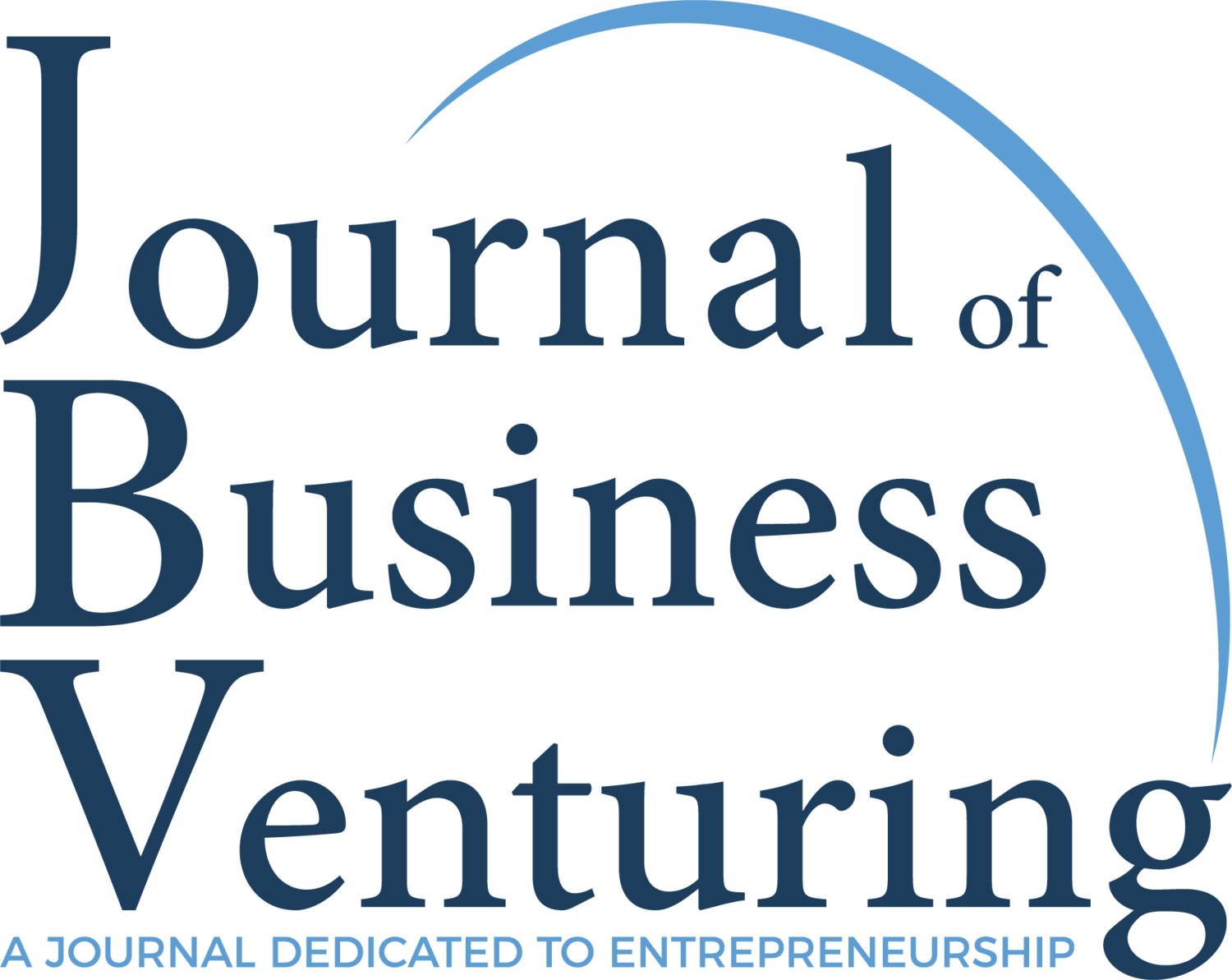Investors drawing limit lines
Research Paper Title:
“The sandwich game: Founder-CEOs and forecasting as impression management”
Authors:
Dries Bourgois
Background:
Investors value ambitious goals, tempting entrepreneurs to present an overly favorable picture of their future. However, investors also value accuracy and credibility, and entrepreneurs are aware there may be a cost to presenting themselves overly positive. The authors wanted to examine when entrepreneurs are more likely to use positively biased forecasts as an impression management tactic toward their existing investors.
Highlights:
The authors find that entrepreneurs positively bias their forecasts towards their VCs; on average, they overshoot realized revenues by 22%.
Positive forecasting bias is an impression management strategy, driven by entrepreneurs' tactical considerations.
The authors find that founder-CEOs provide less positively biased forecasts to their investors than non-founder-CEOs (overshooting of 15% versus 27%)
Founders, as a result of their higher organizational identification, are more concerned about the potential costs of engaging in forecasting IM than non-founders
The authors conducted a mixed-method study combining exploratory interviews, two field studies, and a causal chain scenario experiment
Methodology:
Number of studies: 2
Sample Description - Study 1: VC-backed ventures; Study 2: causal chain experiment
Sample Size - Study 1: 320 firm-year observations; Study 2: 210 participants and 198 participants (consists of 2 experiments)
Analytical Approach - Study 1: FGLS regression models; Study 2: one-way Anovas
Hypothesis:
Forecasts provided to investors by founder-CEOs will reflect less positive bias (IM) than forecasts provided by non-founder-CEOs.
Results and Conclusion:
1. Founders are not naive optimists. Yes, founders are “just like non-founders are” and provide overly optimistic forecasts to their investors. However, founders provide substantially less optimistic forecasts than non-founders; whereas founder-CEOs tend to overshoot realized revenues by about 15%, non-founder-CEOs do so by 27%. Why? The authors discovered that founders entertain different tactical considerations when preparing their forecasts. Non-founder-CEOs have shorter-term career horizons, which makes them care less about what intentional overshooting may do to their relationship with their investors. The costs of being wrong are less important to them. For founders, however, it’s a different deal; for them, this venture is their life’s work. So, they navigate more carefully, trying to be positive enough to keep investors on board, but without going overboard. Thus, founders are not naive dreamers but carefully weigh the pros and cons of providing an inflated forecast.
2. One-size-fits-all discounts don’t work when we first pitched our idea for this study, most investors chuckled. Well, of course, entrepreneurs will be optimistic! What is there to be studied? You know the answer already. The conviction that entrepreneurs are irrational optimists has led many investors to develop their own rule-of-thumb in terms of what discount to apply to financial forecasts. Guy Kawasaki’s well-known discount of a 0.1 multiplicator seems a vast exaggeration of the average optimism The authors observe; a 20% discount seems more in line with reality. Investors may also want to differentiate between founders and non-founders.
3. Investors have a radar for over-optimism. Our findings also show that investors are actually pretty good at tracking and monitoring forecasts in their investment decision-making. Entrepreneurs who provided overly optimistic forecasts to investors got penalized in the form of a risk downgrade. Thus, over-optimistic entrepreneurs don’t get away with their risky projections and get flagged on the investor’s radar. Moreover, despite entrepreneurs often hoping for this, The authors found that overly optimistic forecasts did not help in securing the next round of financing.


